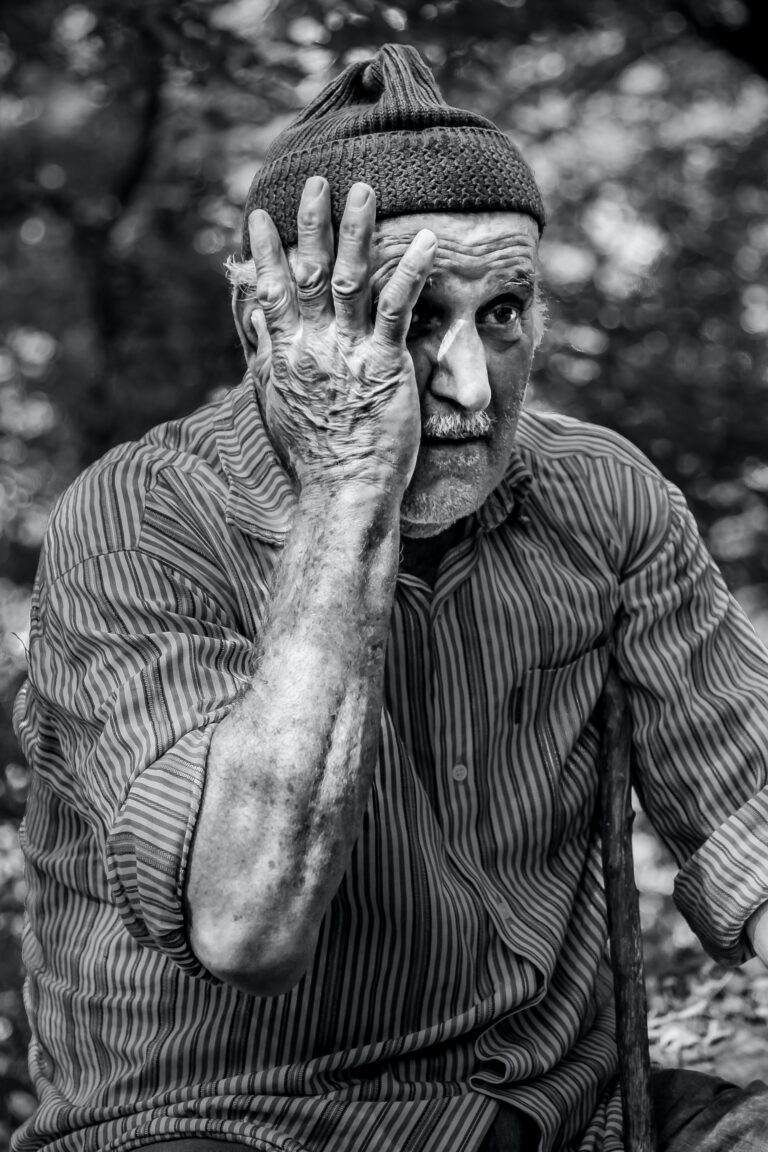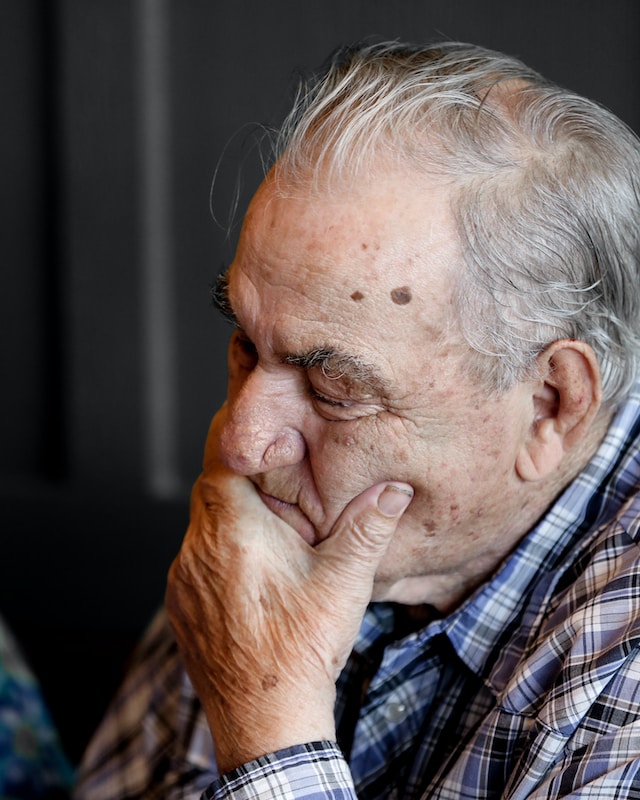Page Contents
Depression in old age often hides behind a polite smile or a quiet withdrawal. It rarely shouts, but rather whispers, slowly eroding joy, energy, and the will to engage with life. Unlike the visible frailty of ageing muscles or joints, emotional pain in older adults can go unnoticed, dismissed as “just part of getting old.” But it’s not. And it shouldn’t be.
Why elderly depression matters
With the global population ageing rapidly, depression among older adults has become a significant public health concern. According to the World Health Organization, over 7% of the world’s elderly experience depression, an estimate many believe is grossly underreported. The silent suffering stems from stigma, misdiagnosis, and the widespread misconception that sadness is a natural consequence of ageing. In reality, depression is not a normal part of ageing. It’s a medical condition (just like diabetes or hypertension) and it’s treatable.

Recognising the signs & symptoms
Depression in older adults may not present as overt sadness. Instead, it often manifests in more subtle or physical ways, including:
Persistent fatigue or lack of energy
Sleep disturbances (too much or too little)
Loss of interest in previously enjoyed activities
Appetite and weight changes
Memory problems or confusion
Feelings of hopelessness, worthlessness, or excessive guilt
Withdrawal from social interactions
Unexplained aches and pains
Frequent thoughts about death or suicide
One of the challenges in diagnosis is that these symptoms can easily be mistaken for typical ageing or other medical conditions like dementia. This overlap makes clinical screening and careful observation even more critical.
Why depression happens in late life?
While depression is multifactorial, older adults often face unique stressors that heighten their risk:
Loneliness and isolation
The loss of a spouse, dwindling social circles, or physical limitations can lead to chronic loneliness, a key trigger for depression.Loss of independence
The inability to drive, manage finances, or care for oneself can be profoundly demoralizing.Chronic health conditions
Diseases such as Parkinson’s, stroke, heart disease, or chronic pain are closely linked with depression.Medications
Some drugs have side effects that mimic or exacerbate depressive symptoms.Cognitive decline
Early-stage dementia can co-exist with or mimic depression, creating diagnostic complexity.

Why older adults don’t seek help?
Even though depression is common in older adults, many never tell anyone or get help.
- They think it’s just part of ageing
Many seniors believe it’s normal to feel sad, tired, or lonely as they get older. They may not realise that these are signs of depression that can be treated. - They don’t want to be a burden
Some older adults stay quiet because they don’t want to worry their children or caregivers. They may think others have more important things to deal with. - They grew up in a time when mental health was taboo
In the past, people didn’t talk about mental health. Older adults may feel ashamed or think they’re weak if they admit to feeling depressed. - They talk about physical problems instead
Depression in seniors often shows up as aches, fatigue, or trouble sleeping, so they may go to the doctor for those things, but not mention feeling sad. - They fear what will happen if they speak up
Some are afraid that if they admit to depression, they’ll be put in a home, lose their independence, or be forced to take pills. - It’s hard to get help
Even if they want help, some seniors can’t travel easily, don’t know who to talk to, or can’t afford treatment.
Treating depression in the elderly
The good news? Depression in seniors is treatable, often with better outcomes than in younger populations. Effective interventions include:
Psychotherapy
Talk therapies, particularly Cognitive Behavioral Therapy (CBT) and Problem-Solving Therapy, are highly effective and can be adapted for seniors.Medication
Antidepressants, when used with caution and close monitoring, can help. Careful consideration is needed to avoid polypharmacy issues.
Social engagement
Community programs, senior centers, and volunteer work provide structure and a sense of purpose.Physical activity
Even light exercise improves mood and reduces depressive symptoms.Spiritual support
For many elders, faith communities offer comfort, connection, and meaning.

Prevention starts with us
We don’t need a medical degree to make a difference. Sometimes, the most powerful interventions begin with presence, patience, and listening. Here’s how you can help:
Check in regularly
A phone call, a visit, or a shared cup of tea can break the spell of isolation.Encourage activities
Reignite their interests, be it gardening, knitting, painting, or music.Create routine
Predictable daily structures can provide comfort and stability.Watch for changes
Be alert to subtle shifts in mood, energy, or behaviour.Speak up
If something feels off, talk to their doctor. Early intervention matters.
A message to our elders
If you know any older adult quietly struggling, spread the message:
- You are not a burden.
- You are not alone.
- You deserve to feel joy again.
Age may bring change, loss, and challenges, but it also brings resilience, wisdom, and depth. Your life holds meaning, and it’s never too late to seek help, reclaim hope, and embrace the days ahead.
Conclusion
Depression in old age does not define the person, it is simply a chapter, not the whole story. Together, let’s tear down the silence. Let’s create environments, whether at home, in communities, or in care homes, where our elders are heard, valued, and supported. Because every sunrise they witness is a testament to resilience. And every smile we help restore is a gift to the world.
